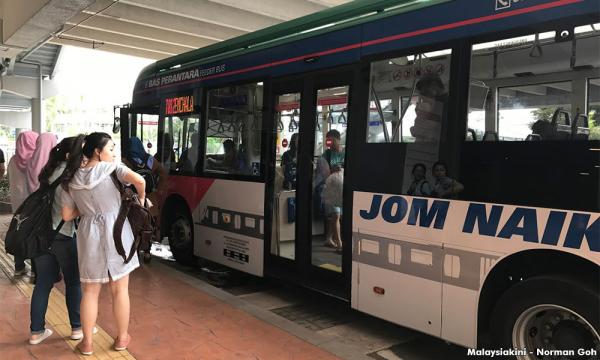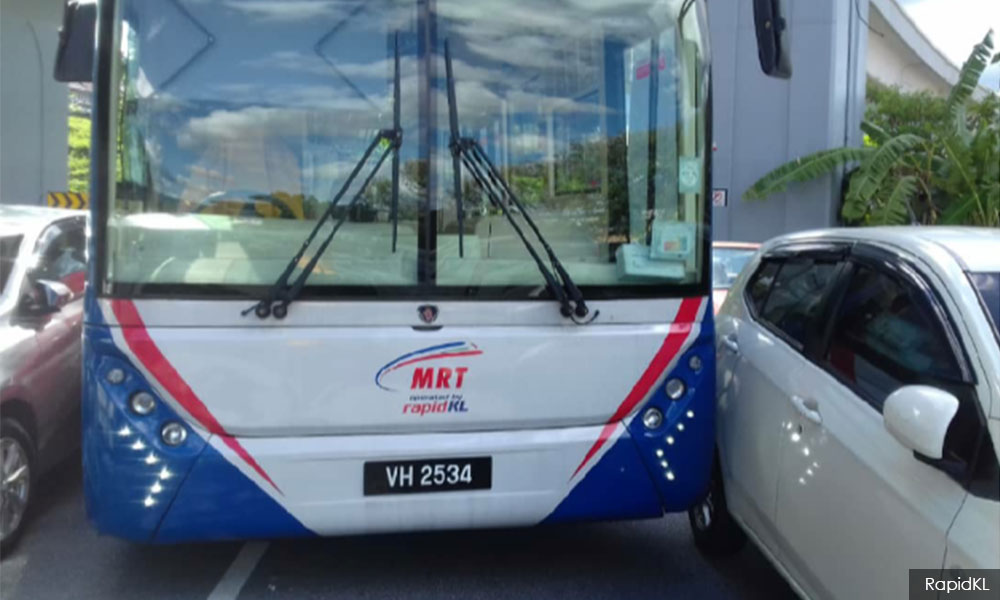LETTER | We would like to respond to the article published in Malaysiakini dated Dec 2, 2019 “MRT feeder bus irregularity lets down billion-ringgit infrastructure, data shows."
In response to the issue of user-collected data on waiting times, in terms of frequency, peak and non-peak time, and the action taken by Rapid KL, we would like to inform you, that the intra-day operations of our buses are planned according to demand and bus availability.
Higher frequency services are dedicated for peak hours to accommodate higher demands, for instance, from 7AM to 9PM and 4.30PM to 7.30PM. These timings are considered peak hours because those are the times people are rushing to go to work and back.
The exact timing of peak hours is flexible depending on the demands for specific routes or corridors. In other words, a higher number of buses will be deployed and the frequency of services during peak hours will be increased.
This means the number of buses to be deployed will be reduced when the demand is low during non-peak hours.
Based on that, we wish to clarify that the frequency of 10 to 15 minutes mentioned in the article applies only to peak operation hours for some routes, depending on the demands and peculiarities of the routes.
The specific frequency mentioned does not apply to all routes, at all times of the day.
However, we agree that the bus frequency information panels installed by SPAD (disbanded in 2018) during the launch of the MRT services are outdated.
As a countermeasure to that, MRT feeder buses have been displaying the Estimated Time of Departure (ETD) on the buses’ LED panels. Passengers can quickly refer to the LED display to obtain the ETD information for their respective routes.
Besides that, we are looking into publishing an improved MRT feeder bus schedule through our online and on the ground platforms by January, 2020.
We wish to share that the MRT feeder bus service operates 57 routes and runs 3,104 trips on weekdays and 2,329 trips on weekends.
We are tracking the departure time of the buses using our fleet management and tracking system. During the sample dated Sept 10 to 13 and Sept 17 to 20 used by your 13 data collectors, our system recorded between 90 percent and 95 percent of the trips were running on time.
There is a possibility that the 13 data collectors might have sampled the unpunctual services out of the overall trips that we have operated on the same day.
As agreed by some of the respondents in your article, in most cases when the buses were not on time, they were mainly due to external factors such as adverse road-traffic conditions, extreme weather, roadworks, accidents and even instances where cars were parked along narrow roads which can hamper bus services.
Below is an example of irresponsible parking causing an MRT feeder bus from completing its route on time:
In situations where our bus services are impacted, delayed or rerouted, we will inform the public via our social media channels (Facebook account: @myrapid and Twitter account: @askRapidKL) regularly.
We encourage the public to share their feedback with us so that we can continue to improve our services.
The views expressed here are those of the author/contributor and do not necessarily represent the views of Malaysiakini.



